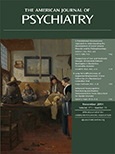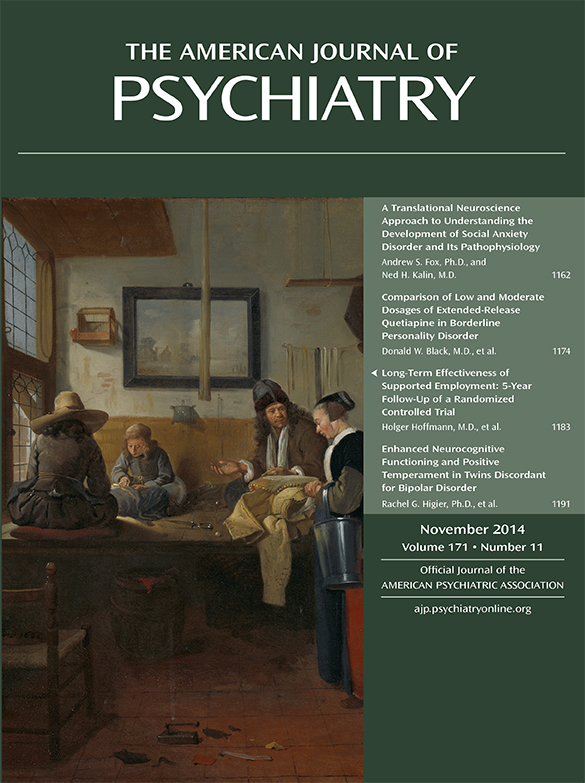Since it was first published in 1988, The American Psychiatric Publishing Textbook of Psychiatry, by Drs. Robert E. Hales and Stuart Yudofsky, has been the standard by which psychiatric textbooks are judged. This newest DSM-5 edition is no different. This version adds Dr. Laura Weiss Roberts to the editorial body of the book, moving toward the next generation of leaders in psychiatric publishing.
This textbook has traditionally had a patient-centered treatment-focused approach to assist clinicians, and this edition strengthens that approach. Although our knowledge in the field has increased dramatically since the last edition was published in 2008, this publication is significantly smaller, recognizing the need for concise, accessible, and user-friendly information for busy clinicians.
Consistent with the release of DSM-5, The American Psychiatric Publishing Textbook of Psychiatry has added a new chapter describing how the DSM-5 is a framework for psychiatric diagnosis. This chapter describes DSM-5 and its somewhat complicated relationship to ICD. It includes broad discussions of the meaning of psychiatric diagnosis and how definitions of mental disorders have evolved over time. Additionally, the chapter offers a history of DSM, a summary of key changes, and guidance on how to use assessment tools at the end of DSM-5. Overall, this chapter serves as a “how to” with the new DSM-5.
In this version of the textbook, the authors removed a chapter previously included on neuroanatomy, genetics, and cell biology—again recognizing the everyday clinician’s need for a concise patient-centered book targeting treatment and diagnosis. A companion textbook by Drs. Hales and Yudofsky, The American Psychiatric Publishing Textbook of Neuropsychiatry and Behavioral Neuroscience, provides an in-depth look at neuroscience and neuropsychiatry.
In the chapter on lab work and neuroimaging as it relates to diagnosis, the authors provide guidance in regard to “screening” lab work and imaging for various disorders. They also provide recommended workups for specific disorders that more frequently have an underlying medical cause. In addition, the chapter includes an extensive discussion of both structural and functional imaging techniques and their use in clinical practice.
This edition of the textbook aligns quite closely with DSM-5. In doing so, the authors added chapters for each disorder added in DSM-5. New chapters include neurodevelopmental disorders, obsessive-compulsive disorders, trauma-related disorders, and elimination disorders. In addition, again in line with DSM-5, bipolar disorders and depression have been split into two chapters.
The treatment section of the textbook has also been updated significantly. Both psychopharmacologic treatments and psychosocial treatments have been revised to reflect state-of-the-art clinical practice. The psychopharmacology section of each chapter includes useful tables related to P450 interactions, basic dosing guidelines, and tables related to recommended adverse event monitoring schedules.
Psychosocial treatments have been streamlined in this edition to provide clinicians with a broader understanding of the concepts that all psychosocial treatments share at a deeper level and to allow busy clinicians the opportunity to review the individual psychosocial treatments in an efficient manner. An example of concepts shared by many of the psychosocial treatments is mentalization, and a section on mentalization has been added to this version of the textbook. It discusses definitions and concepts related to the term mentalization. In addition, how mentalization relates to attachment is described as is how it relates to psychopathology. Finally, the authors highlight how mentalization relates to multiple types of psychotherapies.
Keeping with strengths of previous editions, all chapters include useful tables and charts and end with “key points” to highlight the most important aspects of the preceding chapter and recommended readings. The authors continue to highlight awareness of cultural issues and “special populations.” Particularly helpful are sections on treatment during pregnancy and tables related to common dosing questions related to the treatment of older adults.
Overall, this DSM-5 edition of The American Psychiatric Publishing Textbook of Psychiatry is a more streamlined and efficient version of the textbook. Without a doubt, its complete alignment with DSM-5 makes it an invaluable tool for clinicians. This textbook, without question, is a superb addition to the field and a key reference for busy clinicians.

